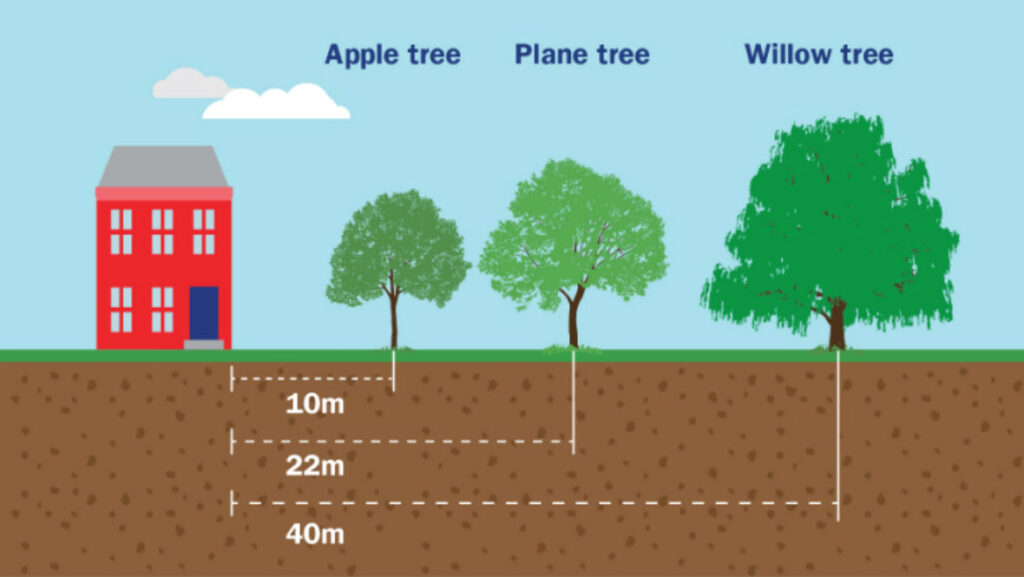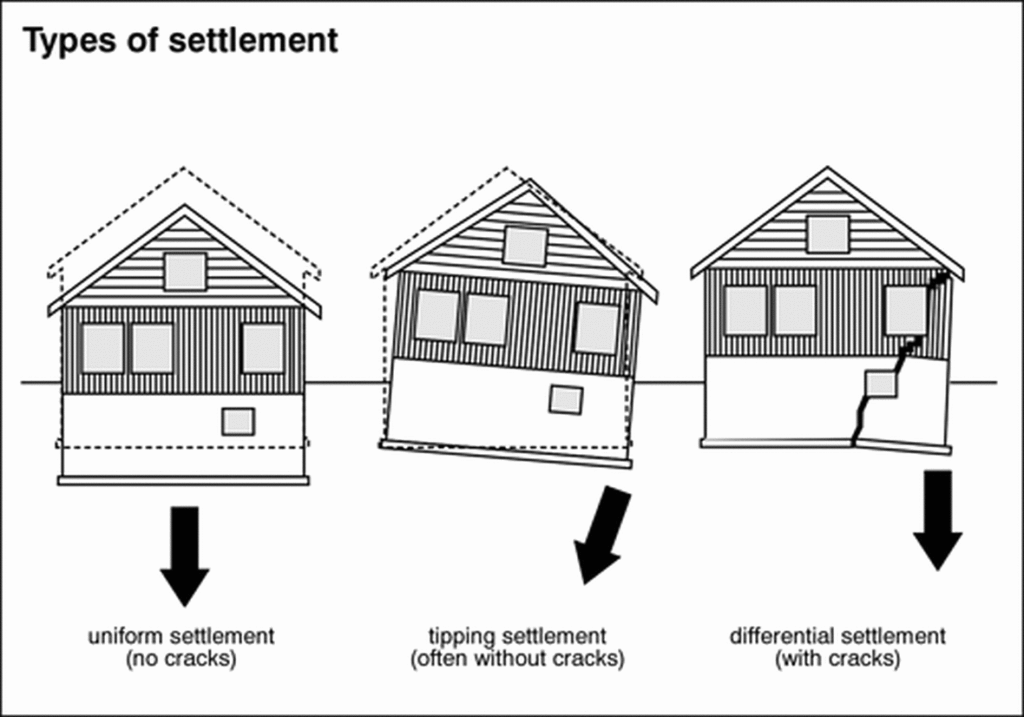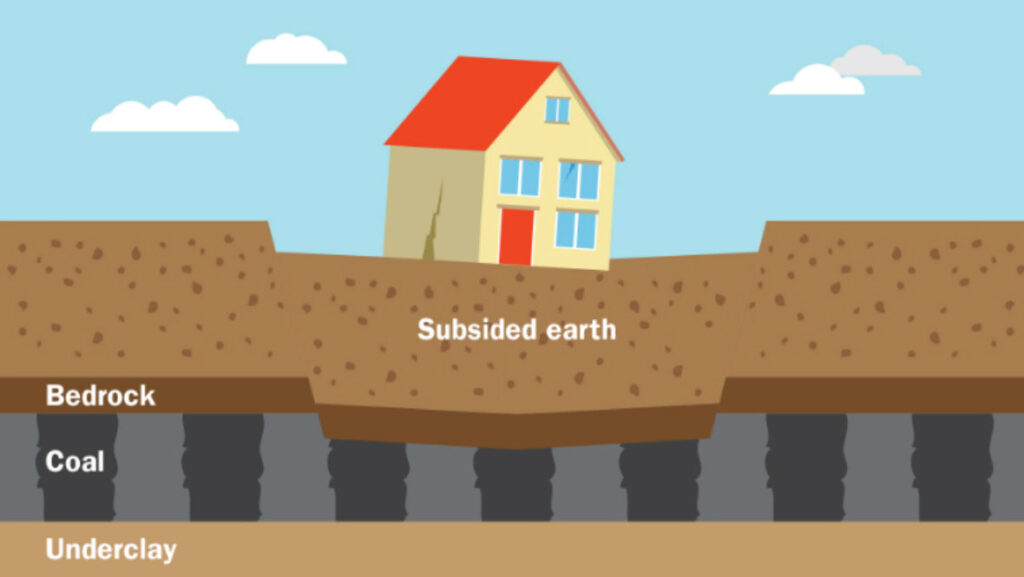What is subsidence? Is it different to settlement?

Last month, we took a look at the different types of building surveys and the situations in which you might want to use them. Surveys are often popular with people who own, who are buying or who are otherwise involved in property, and this week’s topic is no different.
We always seem to be answering questions about subsidence and settlement from the clients, property owners and estate agents that we deal with on a daily basis, and so I wanted to write this post to help those who are looking for more information. It’s an area that we have a significant amount of experience in here at LSY.
SETTLEMENT
Settlement usually occurs towards the start of a building’s overall lifetime and is often associated with the compaction of or movement in the ground beneath the foundations.
In most cases, the settlement is just a standard part of the construction process and any cracking caused by the initial settlement is not usually an ongoing problem. It’s only during cracking and distortion later on in the life of the building that we start to see the need for remedial works. However, that’s not because of settlement – it’s because of subsidence, which leads me on to the next issue.

SUBSIDENCE
Subsidence is the downward movement of a building that’s caused by the loss of support beneath the foundations. It’s normally caused by volume changes in the soil. For example:
- Compression of peat
- Reactivation of fill material
- Shrinkage of clay soil
This can happen naturally, but it can also be the result of human action or a symptom of a deeper problem. In most of the cases that we see, subsidence takes place as a result of one or more of the following:
- Changes in ground water level
- Leaking drains
- Proximity of trees
- Mining

A good rule of thumb to distinguish between subsidence and settlement on site is to establish whether the downwards movement would have occurred without the applied load from the building. If the movement would have occurred without the weight of the building then the damage is likely to be due to subsidence.
We’ll take a deeper look at how to diagnose and remedy subsidence in next month’s article, so be sure to check back often for updates and to follow LSY on LinkedIn for further information. In the meantime, if you have questions or you’re having problems with possible subsidence, feel free to contact us. We’ll be more than happy to help.
Want to request a topic for a future article? Let me know what you’d like to learn about and I’ll see what I can do!
Back to all news